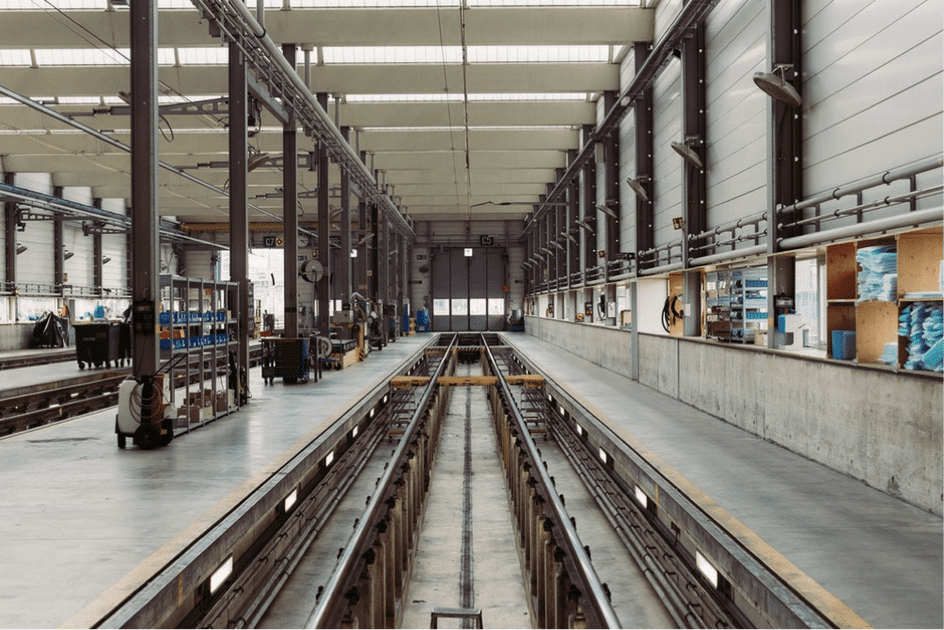How Proper Lighting Can Improve Savings and Safety
By oeo2018 • Jan 23, 2018
Lighting and safety go hand in hand. It's not for nothing life jackets on aeroplanes come with a torch. Lights illuminate your way through the living room so you don't bang a shin off the coffee table. They allow you to read hazard signs so you don't drive your Camry off a cliff edge.
However, if you are a business owner with a property, proper lighting has a much more holistic function at the center of your work. It not only affords a safe working environment, it provides for the overall health of your workers. There is also a direct link between safety and savings which cannot be ignored in terms of sustaining your business.
Effect on the Worker
Bad lighting means a poor work environment and this affects the worker in two major ways. Firstly, poor lighting can cause tiredness, headaches and strain on a worker. Fluorescent lights, particularly strip lighting which can flicker, have a detrimental effect on the individual when exposed for long periods of time.
This is particularly problematic if the person suffers from light sensitivity. The flickering can upset those with certain developmental issues such as autism and neurological disorders such as epilepsy and narcolepsy. Proper lighting provided by LEDs does not have this problem with flickering and can be manipulated to provide healthier light emissions.
Pre-existing health conditions are not the only concern when it comes to florescent lighting. Many CFLs (compact florescent lights) emit light radiation which falls outside the 2000 to 3500 kelvins of a safe range. This is from a 2011 study which showed that, despite the good intentions vis a vis climate change, the move toward florescent light may have led to a grave increase in eye disease.
There is even the possibility of UV radiation being so high it rivals the harmful effects of the sun's rays. This can lead to an increase in melanoma, carcinoma, cataracts and even exacerbate vertigo. LED lighting has much less UV and infrared radiation, cutting these problems significantly.
The second main effect of poor lighting on workers is the psychological effect. This in turn can have detrimental physical effects also, only in different ways. A lack of blue light at the right time of the day can affect circadian rhythms in humans. This is our eternal clock which helps us rise when we need to work and sleep when it is time to rest. Blue light from LEDs can be used and programmed to provide the right light stimulation at the right time.
Proper Lighting Means Savings
This upset to our equilibrium can result in fatigue and stress. Carrying out busy workdays can be bad enough, but when you add bad lighting to the equation it can mean something much more serious. Combined with poor natural light, glare encouraged by poor lamp placement and having either too little or too much light can significantly affect a worker's ability to carry out their job. This affects productivity, but more importantly, it increases the chances of accident.
How this affects much of the savings (other than the overall saving potential of LED lighting) is indirect, but very important. You will have more productive workers, you will have a reduction in insurance claims and lawsuits thanks to less workplace accidents and workers will not have to take time off due to sickness. Safety comes first, but with the saving made by switching to LED lighting, it needn't be at a steep price to your business. It's a win-win for worker and employer.
